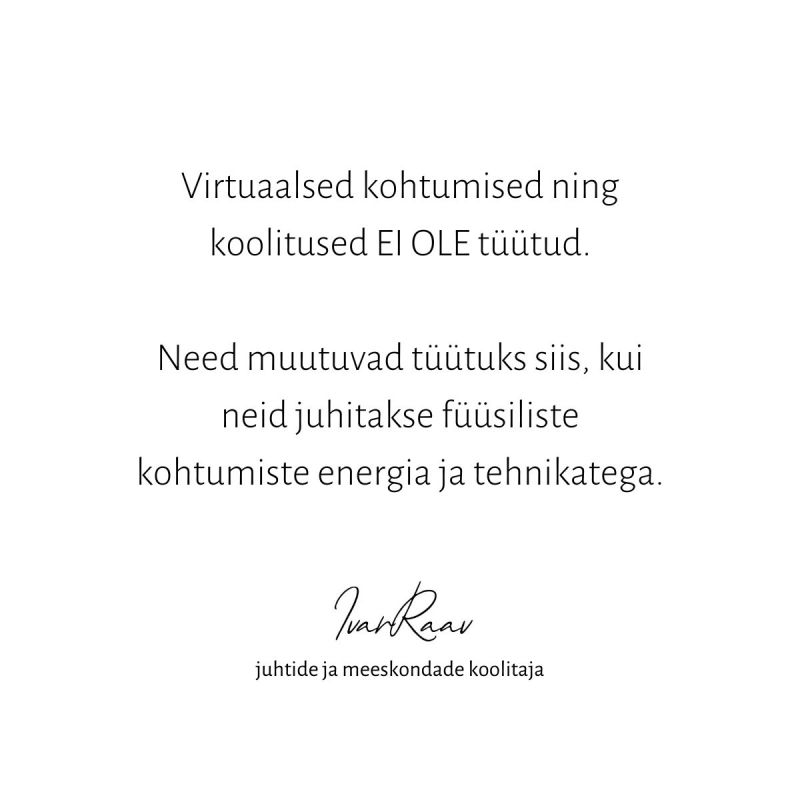They only become tedious if they are tediously managed and the energy of the facilitator is the same as in physical encounters, i.e. too low for the virtual.
I just did a short tutorial on the human aspect of a virtual team and here are 5 practical techniques that will help:
1️⃣ Start with check-in – the system will not start if people are not present. A little human question will get people really involved. Physical presence must be matched by intellectual, emotional and spiritual presence.
2️⃣ Articulate the expectation of using cameras – visibility creates flow in the system. When we can see each other, there is circulation and interaction. We are more involved emotionally and spiritually, not to mention physically.
3️⃣ Use chats and reactions – the vitality of the system depends on every voice finding an outlet, not just the loudest. Reactions, emoticons and chat can be used to engage even when the group is larger than the 5-6 people that can be managed verbally.
4️⃣ Breakout rooms – the system works in small sub-units. This is where ideas emerge that would otherwise get buried in the big circle. For an adult, if you don’t talk, it gets boring after 15-20 minutes. After that, he needs to actively contribute himself. Smaller spaces are the best for this.
5️⃣ Leave room for humanity – the system breaks down when connections are weakened. 10 minutes of human talk isn’t a waste, it’s an investment in the bonds that hold the whole system together.
Leading a virtual team requires more energy from the leader than a physical meeting. But this input is essential: 90% of problems are relationship problems. If you keep the relationships healthy, you keep the whole system healthy, and the time pressure is ultimately less.
What else do you think is important in the context of keeping virtual meetings active, engaging and energetic?

